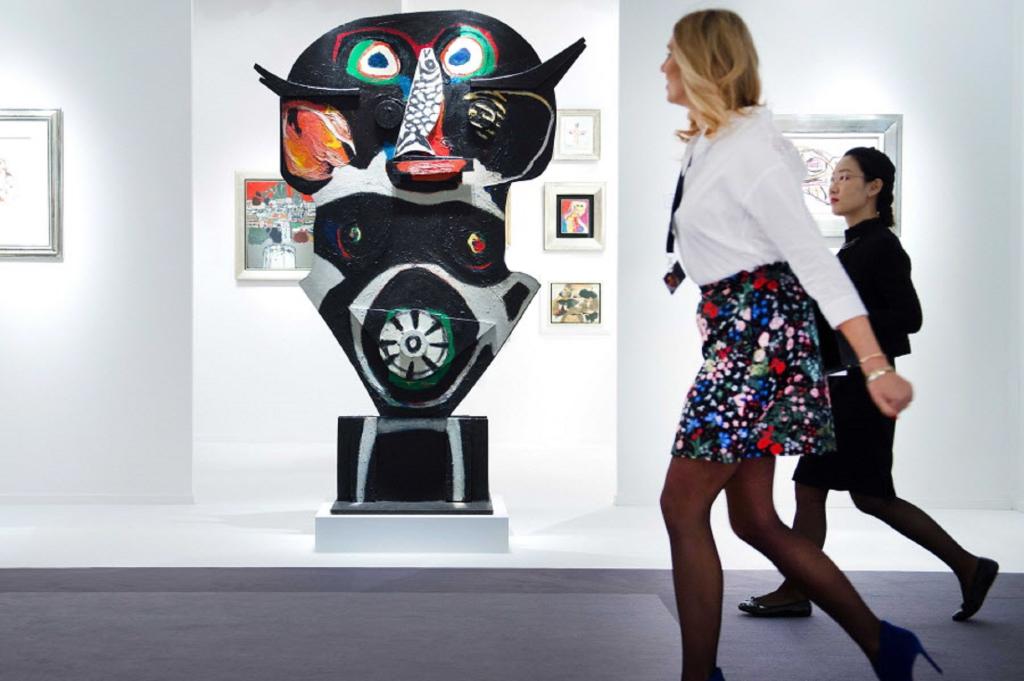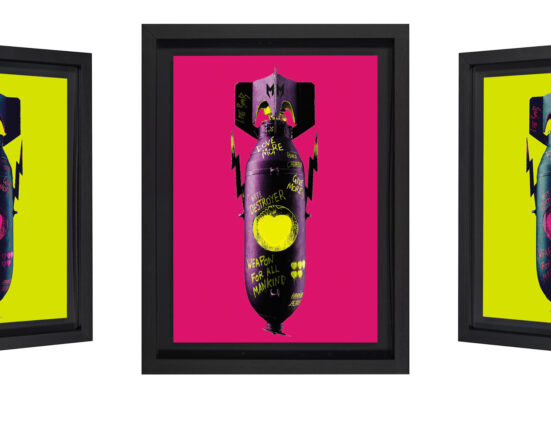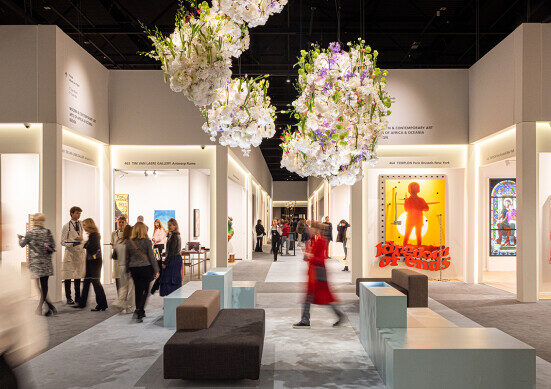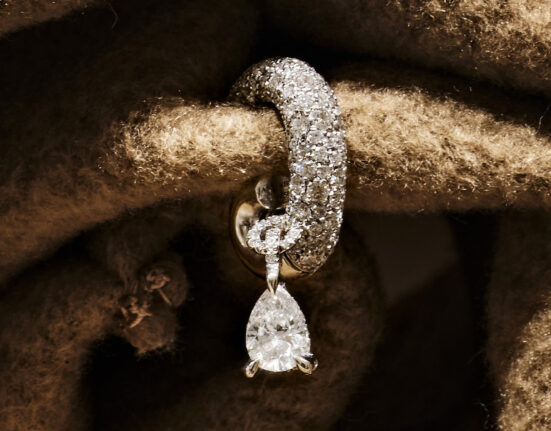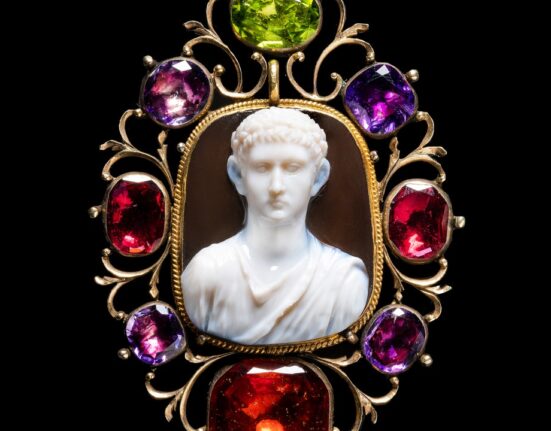On Saturday, TEFAF New York opens at the Park Avenue Armory, bringing Europe’s biggest art fair to Manhattan for the first time.
Run by a nonprofit, The European Fine Art Foundation (TEFAF), the eponymous event has been drawing crowds of 75,000 to Maastricht in the Netherlands since 1988.
Now New Yorkers will have their own version, with art, antiques and design objects from the world’s best dealers (643 Park Ave.).

“This will be the grandest art fair ever held in New York, in terms of production values and quality,” says Michael Plummer of Artvest Partners, the art advisory firm that partnered with TEFAF to bring the fair here.
“Statistically, New York has the biggest sales, and it was time to have a show of this stature.”
Here are five reasons to visit.
The sheer variety
For its inaugural show, TEFAF New York includes works from antiquity to the 1920s. Among the treasures: an early 17th-century Madonna and child alabaster relief; an 1805 carved agate cameo profile of Napoleon I and a 1928 art deco Cartier clock with rose-cut diamond comet hands. (Not a fan of the old stuff? In May, TEFAF New York returns for round two, with a focus on midcentury modern and contemporary pieces.)
Everything is vetted
You won’t see any sloppy seconds or forgeries here. A committee of more than 60 museum specialists rigorously reviews and confirms the quality, condition and authenticity of every single item.
The spectacle
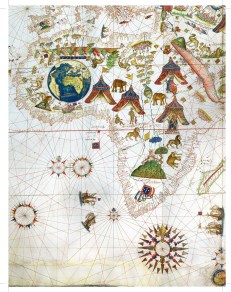
Dutch architect Tom Postma transformed the dark, 19th-century Armory building into a modern and airy museum-like space where everything’s for sale. Without touching any of the building’s historic walls, Postma created scrims of gauze-like ivory fabric, lit to create different effects of transparency. “It will be very theatrical,” Plummer says, “and some of it will even glow.”
The scale
With 94 exhibitors — compared with the 250 that show in Maastricht — TEFAF New York is a fraction of the European fair’s size, making shopping less overwhelming. A special perk: TEFAF New York will also use the Armory’s second floor, which is normally closed to visitors.
The people-watching
With items ranging from tens of thousands to multiple millions of dollars — including the most expensive map on the open market, a 1531 goatskin rendering of Ferdinand Magellan’s travels to the Eastern seaboard valued at $10 million (left) — expect to see the crème de la crème of Manhattan’s blue-chip art collectors and other bold-faced names of the cultural circuit.

